
What Are Foot Switches?
Foot switches, also known as pedal switches, are designed to be operated by foot, allowing users to engage or disengage a device without using their hands. They come in various sizes, shapes, and designs, and can be activated in different ways—by pressing, stepping, or even with a gentle tap. The primary function of a foot switch is to facilitate hands-free control, making them invaluable in settings where efficiency and multitasking are required.

Key Features of Foot Switches
-
Hands-Free Operation: The most significant advantage of foot switches is that they allow users to maintain focus on their primary tasks while controlling devices with their feet.
-
Variety of Designs: Available in multiple configurations, foot switches can be single or multiple pedals, and some may even feature adjustable sensitivity based on user needs.
-
Durability: Typically constructed from robust materials, foot switches are designed to withstand frequent use, making them reliable for various applications.
-
Customizability: Many foot switches can be customized to fit specific functions, catering to the unique needs of different industries.

Hands-Free Operation: The most significant advantage of foot switches is that they allow users to maintain focus on their primary tasks while controlling devices with their feet.
Variety of Designs: Available in multiple configurations, foot switches can be single or multiple pedals, and some may even feature adjustable sensitivity based on user needs.
Durability: Typically constructed from robust materials, foot switches are designed to withstand frequent use, making them reliable for various applications.
Customizability: Many foot switches can be customized to fit specific functions, catering to the unique needs of different industries.

How Do Foot Switches Work?
Foot switches usually operate on a simple mechanical or electronic principle:
-
Activation: When pressure is applied to the footswitch by stepping on it, it triggers the internal mechanism—either completing a circuit (in the case of electrical switches) or activating a mechanical function.
-
Signal Transmission: Once activated, the foot switch sends a signal to the connected device, executing a predefined task.
-
Deactivation: Releasing pressure from the foot switch returns it to its original position, breaking the circuit or stopping the function as required.

Applications of Foot Switches
Foot switches serve a multitude of purposes across various fields:
-
Medical Equipment: In healthcare, foot switches are commonly used to control surgical lights, imaging devices, and operating tables, allowing medical professionals to maintain sterile conditions while operating equipment.
-
Musical Instruments: Musicians often use foot switches with amplifiers, effects pedals, and keyboards, enabling hands-free control of sound effects while performing.
-
Industrial Machinery: In manufacturing environments, foot switches control machinery, enabling workers to operate equipment while keeping their hands free for handling tasks.
-
Photography: Photographers utilize foot switches for camera triggers or lighting setups, allowing them to focus on framing their shots.

Advantages of Foot Switches
-
Efficiency: Foot switches enhance productivity by allowing users to multitask and streamline processes without the need for hand operation.
-
Ergonomics: By minimizing repetitive hand movements, foot switches can help reduce fatigue and discomfort, contributing to better overall ergonomics in the workplace.
-
Safety: In many applications, using a foot switch can enhance safety by allowing operators to maintain focus and hands-on control of tools or machinery.
-
Versatility: Foot switches are applicable in diverse settings, from medical facilities and workshops to creative studios and home environments, demonstrating their flexibility across various professions.
Efficiency: Foot switches enhance productivity by allowing users to multitask and streamline processes without the need for hand operation.
Ergonomics: By minimizing repetitive hand movements, foot switches can help reduce fatigue and discomfort, contributing to better overall ergonomics in the workplace.
Safety: In many applications, using a foot switch can enhance safety by allowing operators to maintain focus and hands-on control of tools or machinery.
Versatility: Foot switches are applicable in diverse settings, from medical facilities and workshops to creative studios and home environments, demonstrating their flexibility across various professions.
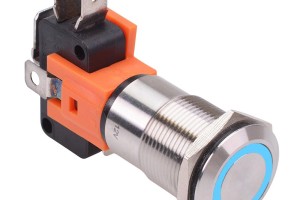
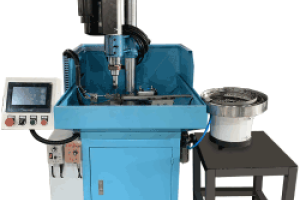
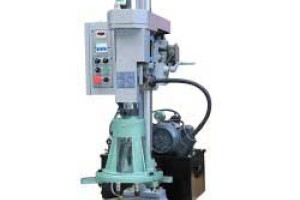
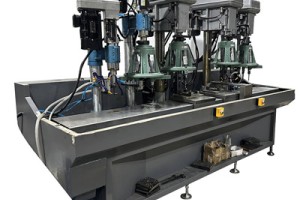

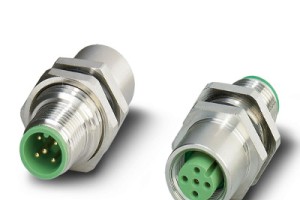
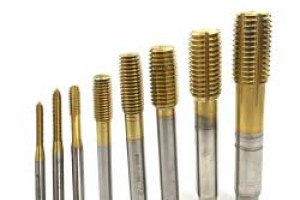
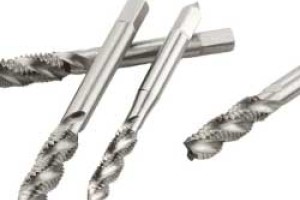
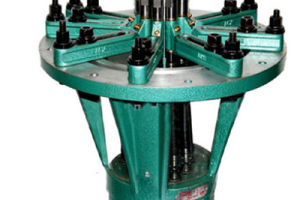
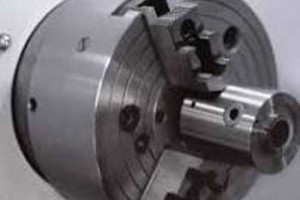
Leave a comment